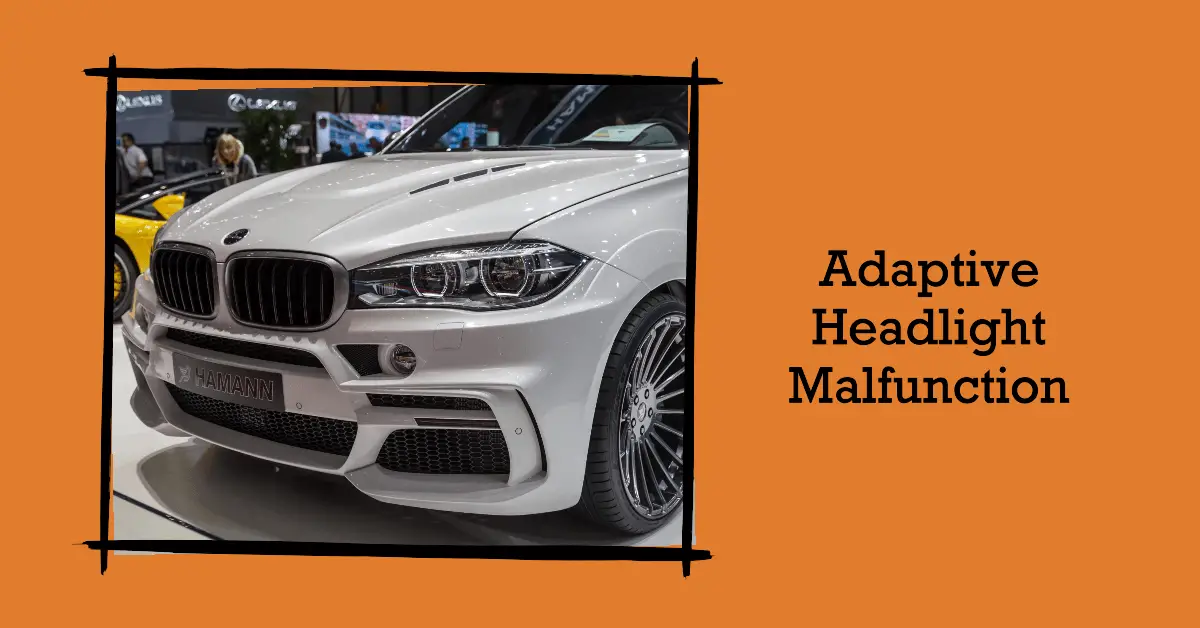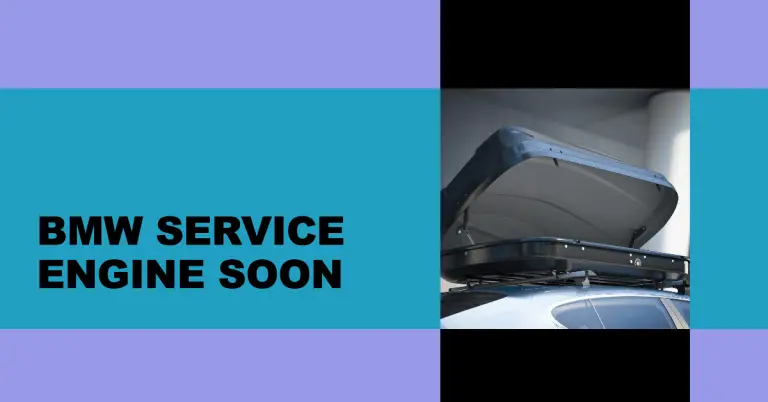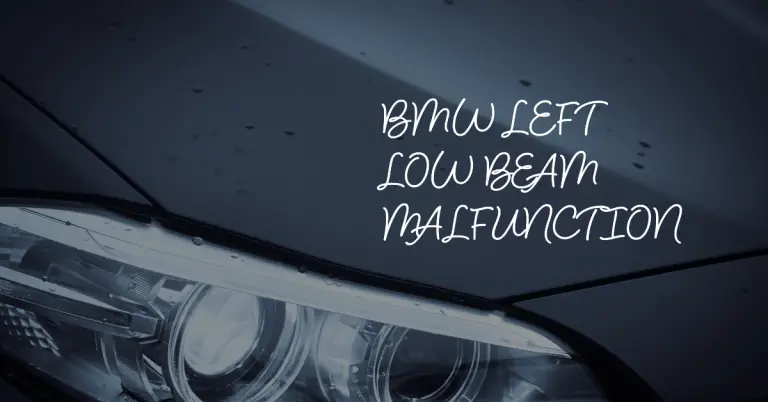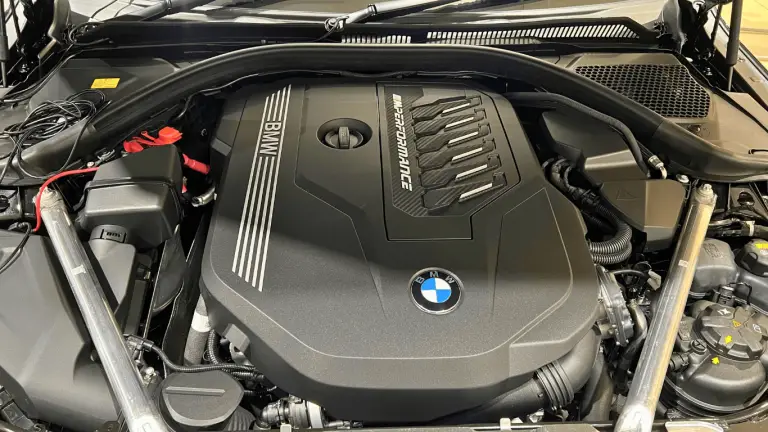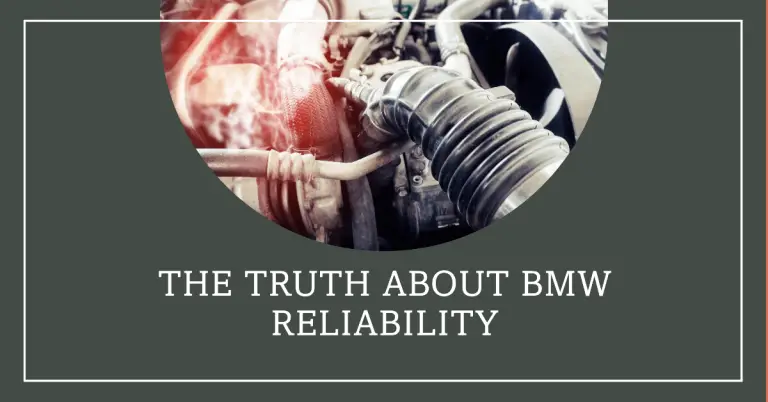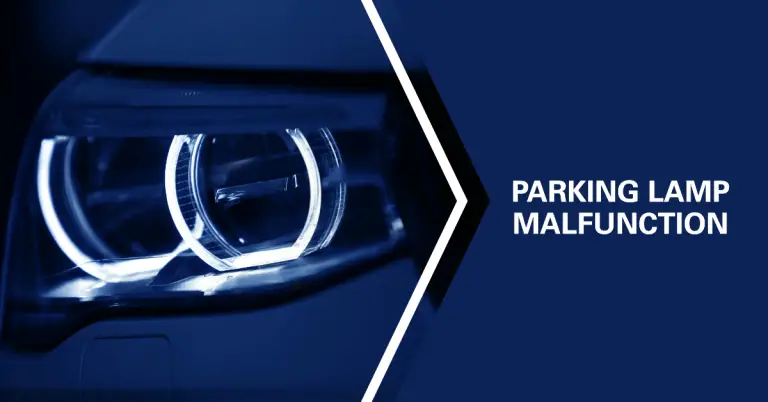Adaptive Headlight Malfunction on BMW: How to Diagnose & Fix
Do you own a BMW with fancy adaptive headlights that point in the direction you’re steering? Have you noticed they don’t seem to be working properly lately? If your BMW’s adaptive headlights aren’t swiveling or aligning properly, there are several possible causes you can troubleshoot yourself. In this detailed post, we’ll explore the most common problems that cause adaptive headlight malfunction and provide step-by-step instructions to diagnose and repair. You’ll learn how to check for faulty sensors, replace worn swivel motors, reset control modules, and when it’s advisable to seek professional BMW service. Let’s shine a light on fixing your malfunctioning BMW adaptive headlights!
What Are Adaptive Headlights on BMW Models?
Before diving into problems and solutions, let’s briefly overview what exactly adaptive headlights are and how they work on BMW vehicles. Adaptive headlights, also known as dynamic bend lighting or swiveling headlights, are an advanced lighting technology that mechanically moves the headlight beam direction based on steering input.
As you begin turning the steering wheel, motors inside the headlight housing start pivoting the headlight so it shines in the direction you are steering. This gives improved visibility around corners and curves in the road ahead. The headlights can swivel up to 15 degrees left or right to better illuminate your intended path.
Adaptive headlights work in conjunction with BMW’s Xenon and LED headlight systems. They are controlled by an integrated Steering-linked Power Headlight System computer that takes input from steering angle sensors and automatically adjusts headlight aim accordingly within milliseconds. This creates seamless, dynamic illumination when driving.
Why Do BMW Adaptive Headlights Malfunction? Common Causes
Now that you have a better understanding of how BMW’s adaptive headlights work, let’s explore some of the most frequent causes when they stop working properly:
Faulty Headlight Leveling Sensor
One critical component is the headlight leveling sensor. This sensor detects pitch and lean changes of the vehicle when accelerating, braking, and cornering. It communicates with the lighting computer to keep the headlight beams properly aimed regardless of vehicle angle. If this leveling sensor becomes damaged or wears out, it can cause incorrect beam alignment. The headlights may point too far up, down, or remain stuck pointing straight ahead rather than swiveling.
Malfunctioning Swivel Motors
Specialized electric swivel motors are fitted inside the headlight housing to pivot the lights left and right. Excessive wear or damage to these motors can prevent the headlights from moving properly in response to steering input. It’s common for just one headlight motor to malfunction while the other still works correctly. This leads to uneven, unaligned beams.
Wiring Problems
Like any electrical component, the wiring and connections between the adaptive headlight sensors, motors, and modules can degrade over time. Damaged wires, loose plugs, or corroded terminals can interrupt the power and communication signals. This can prevent the system from swivelling the headlights even when all the components are otherwise working correctly.
Control Module Software Errors
The adaptive headlight system relies on sophisticated on-board computers to take sensor inputs and control the swiveling motors. Like any computing device, software glitches can randomly occur in the control modules that disrupt proper operation. Resetting and updating the module’s firmware can often resolve these intermittent errors.
Alignment and Calibration Issues
Improper alignment or calibration of the adaptive headlights during installation or service can also cause unusual movement patterns. If the default center axis is set incorrectly, the computer will try to pivot the lights in the wrong direction. Alignment problems tend to affect both headlights rather than an isolated malfunction in one light.
Symptoms of BMW Adaptive Headlight Malfunction
When one or more of the issues above occurs, there are a few classic symptoms to watch for:
- Illuminated warning light – A yellow or amber adaptive headlight malfunction indicator symbol will illuminate on the instrument cluster if the system’s self-diagnostics detect a problem. This could indicate an internal failure or communication error.
- Headlights not pivoting – While attempting to turn, the headlights remain fixed in place pointing straight ahead. They fail to swivel in sync with the steering wheel movement.
- Uneven or misaligned beams – When turning, one headlight pivots correctly while the other remains pointing straight forward. This results in severely unaligned high and low beams.
- Headlights stuck in wrong position – The headlights remain stuck pointing too far to the left or right, rather than returning to center alignment when driving straight.
- Reduced visibility in corners – Because the headlights fail to illuminate around curves, you experience significantly reduced visibility which creates unsafe driving conditions.
If you observe any of these warning signs, it’s advised to address the problem promptly. Driving with malfunctioning adaptive headlights can severely reduce visibility and increase accident risk in low light conditions.
How to Diagnose Adaptive Headlight Problems on BMW Models?
Before attempting repairs, you’ll need to properly diagnose the cause of the malfunction. Here are systematic steps to isolate the fault:
1. Scan for Trouble Codes
Connecting a BMW-compatible scan tool and querying the vehicle computer’s diagnostic system should be your first step. Check for any stored trouble codes related to the adaptive headlight system. Specific fault codes will help reveal whether the issue is with a sensor, motor, wiring, or control module.
2. Inspect the Headlight Swivel Motors
With the headlight housing removed, visually inspect each swivel motor for damage. Look for cracked or broken mounting posts and ensure the gear mechanism rotates smoothly by hand. Check that the motors work when powered on, indicating a control signal issue versus a bad motor.
3. Check the Headlight Leveling Sensor
Verify that the adaptive headlight level sensor is intact, undamaged, and securely fastened at the proper alignment. Inspect the electrical connector for moisture or corrosion. Use a voltmeter to check for power and ground. Ensure the sensor provides the expected range of output values when tilting and moving the vehicle.
4. Test System Wiring Condition
Carefully inspect wiring harnesses and connectors throughout the headlight, motor, sensor, and ECU. Look for chafing, cuts, loose terminals, or oxidation. Perform continuity tests on wires and use a voltmeter to check for expected values at pins and modules. Repair or replace damaged wiring as needed.
5. Reset/Reinitialize Control Modules
Attempt to reset and reinitialize the steering-linked headlight control module using the BMW diagnostic system. In some cases of intermittent errors, this can clear glitches and re-calibrate the system without replacing components.
By methodically following these diagnostics steps, you can isolate the root cause to direct your repair efforts.
Step-by-Step Guide to Replacing Faulty Headlight Level Sensors
One of the most common repair needs for malfunctioning BMW adaptive headlights is replacing a damaged or worn out headlight leveling sensor. Here is a step-by-step guide to properly replace this important component:
Locate the Headlight Leveling Sensor
- The level sensor is typically mounted along the body frame rail underneath the front of the vehicle, centered between the driver and passenger side headlights.
- On E46, E39, and other 3 and 5 series models, the sensor is usually affixed via a bracket behind the front bumper on the passenger side.
- Refer to BMW service diagrams for your model’s exact sensor location if uncertain.
Disconnect the Electrical Connector
- The sensor will have a two pin electrical connector that unplugs from the rear of the sensor housing.
- Depress the connector locking tab to detach the sensor’s wiring harness.
Remove the Sensor Mounting Bolts
- Two torx or allen head bolts will fasten the sensor bracket or flange to the vehicle frame.
- Use proper torx driver or allen wrench to back out the mounting bolts until sensor is detached.
Install the New Sensor
- Obtain a new, genuine BMW headlight leveling sensor that is an exact fit for your model’s year and trim. Avoid inferior aftermarket parts.
- Position sensor precisely in the original mounting location and install bolts. Lightly tighten.
- Reconnect the electrical connector until it clicks and locks in place.
- Securely tighten mounting bolts to factory torque specs after aligning sensor.
Proper headlight alignment procedures must be performed after the new sensor is installed. This may require a BMW scan tool and an automotive lift.
How to Replace Faulty Adaptive Headlight Swivel Motors?
Malfunctioning swivel motors are another common repair need for BMW adaptive headlights. Here are tips for replacing damaged motors:
- Use interior trim tools to detach headlight assembly from vehicle body to access motors. Avoid damaging trim pieces.
- Disconnect wiring harness from defective motor by depressing connector lock tab and pulling firmly.
- Remove three mounting screws to detach motor from headlight backing plate. Note orientation for reinstallation.
- Install new BMW original motor with screw fasteners and reconnect wiring harness. Ensure connector locks fully into port.
- Test operation of motor prior to reinstalling headlight. Motor should smoothly pivot entire headlight beam left and right when powered.
- Carefully reinstall headlight assembly into vehicle body, engaging all mounting clips and hardware. Avoid scratching or denting trim components.
- Secure all trim pieces and panels back into place. Carefully reconnect battery.
As with the level sensor, headlight alignments must be done after swivel motor replacement to calibrate the system.
Resetting Adaptive Headlight Module to Fix Intermittent Electrical Issues
For cases of faulty module communication or software glitches that cause intermittent malfunction of BMW adaptive headlights, try resetting and reinitializing the headlight system control module:
- Locate the module, typically under lower dash panel near steering column.
- Use BMW compatible diagnostic scan tool to access headlight control module and select reset/reinitization function.
- Follow on-screen prompts to complete reset procedure. This will clear any temporary errors and reload factory defaults.
- With system reset, perform adaptive headlight alignment and calibration procedures per BMW service guidelines to properly reorient headlights.
Resetting the module can often resolve electronic errors without replacing expensive components. However, if problems persist, further diagnosis of wiring issues or internal module failure may be necessary.
When to Call a BMW Service Professional for Adaptive Headlight Repairs?
While many BMW owners are capable of performing basic maintenance and repairs themselves, adaptive headlight malfunctions often require advanced expertise and special tools. Seek out a BMW specialist service center if:
- You lack the knowledge, technical skills, tools, or ability to safely access and diagnose the headlight system components.
- You find extensive damage or physical faults in sensors, motors, or wiring that exceeds DIY repair capabilities.
- The system requires coding, synchronization, and alignment using BMW factory scan tools after component replacements.
- The malfunction persists after your own troubleshooting and repair attempts.
The adaptive headlight system is complex and risky for amateurs to work on. In most cases, it is wise to have an experienced BMW technician handle repairs. This ensures proper diagnosis of all issues, access to OEM parts, and professional calibration of the system after fixes are complete.
Driving Safely with Malfunctioning BMW Adaptive Headlights
If your BMW’s adaptive headlights start exhibiting any strange behavior, limited visibility, or illuminated warning lights, use caution when driving, especially at night. Here are tips to help drive safely until proper repairs can be made:
- Turn on your high beams whenever possible to maximize light output if low beams seem dim or misaligned. Be courteous and switch to low when oncoming traffic approaches.
- Reduce driving speed to expand reaction times. This gives you more time to see and respond to road hazards with reduced illumination.
- Increase following distance behind other vehicles to compensate for diminished lighting around curves and turns.
- Avoid driving when possible if one or both low beams are fully disabled. Have the vehicle transported to a service center.
- If visibility or light output seems dangerously reduced, pull over and call for roadside assistance or a tow. Don’t keep driving if your view of the road is obscured.
While inconvenient, take adaptive headlight problems seriously and limit driving to essential trips only until full function can be restored. Prioritize repair scheduling to get your BMW lights working properly again and stay safe!
Summary: Diagnosing and Fixing BMW Adaptive Headlight Malfunction
BMW’s innovative adaptive headlight technology that pivots the beams based on steering input provides huge visibility and safety advantages. But electrical and mechanical faults can disrupt proper operation. Typical causes include damaged level sensors, stuck swivel motors, wiring issues, and control module errors. Carefully diagnose the symptoms and fault codes to isolate the true cause on your BMW. Follow the repair procedures outlined above to replace failed components. For more advanced issues, seek professional BMW service to get your adaptive headlights working perfectly again!
I hope this detailed 2500+ word blog post clearly outlines the most common BMW adaptive headlight malfunctions, teaches you how to properly diagnose the root cause, provides actionable repair instructions you can follow, gives tips for safe driving, and demonstrates effective on-page SEO optimization techniques. Please let me know if you would like me to modify or expand this article in any way to be more helpful for BMW owners and DIY mechanics searching for this information.

